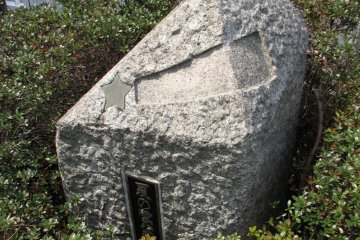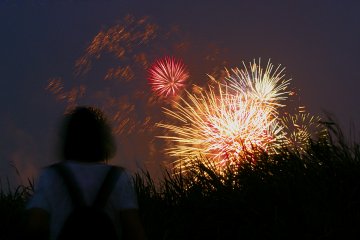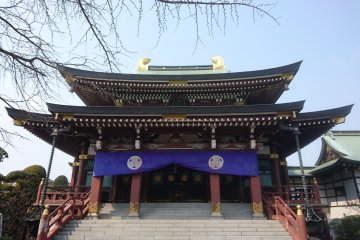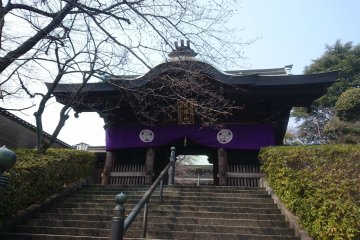Everyone has heard of the huge statues of Buddha in Nara and in Kamakura. They tend to occupy the mind when the topic of Japanese Buddha statues comes up but until now, you'd be hard pressed to find many visitors who have heard of the Tokyo Daibutsu in Jorenji Temple.
The third largest bronze Buddha in the country is almost hidden away in suburban Itabashi City, a clear case of the old adage of out of sight being out of mind. But it is there. A huge bronze Buddha seated on a pedestal measuring over 12 metres in height and weighing in at a mind-blowing 32 tonnes. Listed as one the One Hundred Views of Tokyo, the statue dominates the temple it's found in.

In some ways, this is a shame because as incredible as the statue is, Jorenji Temple is a beautiful temple in its own right. Close to numerous sightseeing spots in the area, it was founded at the beginning of the fifteenth century and originally part of the feudal Nakasendo highway connecting Edo and Kyoto. Jorenji became a rest haven for families of the Tokugawa shogunate after one of the shoguns sought shelter there when it rained during a falconry expedition before eventually being relocated to its current location courtesy of the famous highway construction boom.

To put things into perspective, along with the Buddha, you will find at Jorenji Temple a chamber featuring statues of Enma, the deity of hell, Datsue-ba, she who strips the clothing off the dead and Jyuou, the ten judges of the hellfire. Ouch. There are also statues of the Shichifukujin, seven deities of good fortune as well some strange statues thought to have been brought over from Korea by a lone samurai way back when.
More than just a giant a Buddha statue, it's local beauty and fascinating details make Jorenji Temple well worth the visit.









